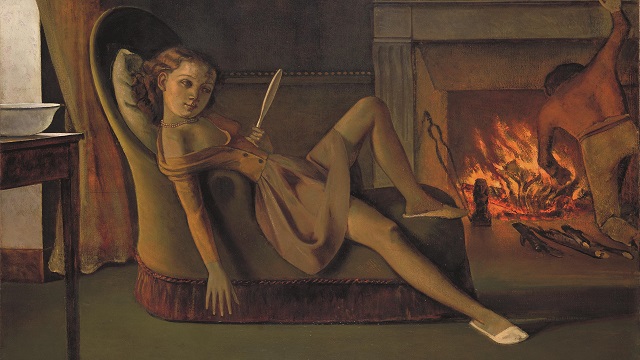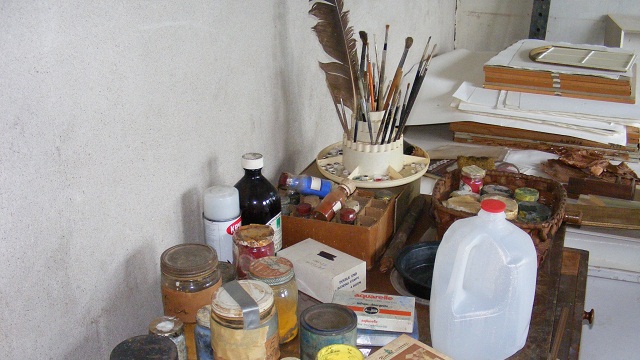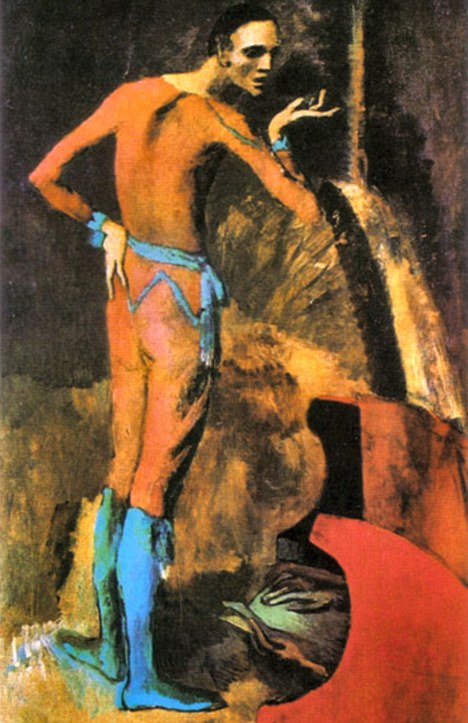King-Sized Prank: Having Fun in Front of a Velazquez

The best portraits look as if the subject could step right out of the frame and walk among us, maybe even sign an autograph or two. Recently, something like that happened in the austere galleries of The Metropolitan Museum of Art in New York City. Two nembers of an improvisational comedy group stood in front of Diego Velázquez’s 1623 portrait of King Philip IV of Spain—one claiming to be the king himself (shown above) and the other announcing the king’s presence and willingness to sign autographs for the crowd. Fun, irreverent, oddly respectful, and ultimately harmless, this escapade (or “mission,” as the improvs call it) shows that museums can be places of humor and liveliness and not dread catacombs of culture. Can this king-sized prank and the positive press it’s brought prove to museums that it’s OK to be fun?
A video of the prank can be seen here, accompanied by behind-the-joke commentary by the people at Improv Everywhere. The recent restoration of Velázquez’s painting (documented beautifully in this New York Times interactive feature) inspired the comics to resurrect King Philip IV from the dead. There’s a bit of absurdity to the painting itself, having entered the Met’s collection in 1914 as a Velázquez only to be downgraded to a work by a student or follower in 1973 as part of a mass purging of 300 Old Masters at the Met. During the restoration, however, curators restored Velázquez’s name to the painting. There’s nothing that can make an institution seem more foolish or fickle than waffling over attribution and waffling back when a big name like Velázquez is in play. Such incidents alone should lead museums to take themselves less seriously.
When the two actors gained entrance to the museum and then to the gallery where the painting hung, the “king” (who, by the way, bore an uncanny resemblance to the portrait) and his partner began offering free autographs to anyone interested. Soon people began asking for signed photos and even posed with the returned king. Kudos to the improv people for doing their homework and not giving the museum an easy reason to shut them down. They kept the noise level to a minimum and even signed autographs in pencil to avoid the museum’s standard “no markers” commandment. Even though the king was fake, their enthusiasm for the painting itself and their surroundings was very real.
Kudos, too, to the Met’s security guards, who went with the flow of events rather than reflexively cracked down on a strange situation. The actors respectfully deferred to the guard’s requests, to which the guard respectfully escorted them away from the painting. For all they knew, the guards could have been witnessing a diversion staged to facilitate a robbery from the museum. Instead of bringing a totalitarian hammer, however, the guards used the velvet glove of diplomacy, bringing the happy incident to a peaceful conclusion.
It would be fun to see more of this in museums. I remember that the Pennsylvania Academy of the Fine Arts hired an actor back in 2007 to play Thomas Eakins when they bought part of The Gross Clinic, a move that brought Eakins’ liveliness and personality back into the story behind the masterpiece. Museums think nothing of stage-like performances when it comes to children’s programming, but hesitate to bring the same drama to adult programs. Good pedagogy is good pedagogy regardless of age. If it engages a child, it will engage an adult, as long as the content itself is age appropriate. The delivery method (and resulting effect) remains the same regardless of age.
Surely nobody who thought for a moment would believe that a king dead four centuries would return to sign autographs. But that momentary, willing suspension of disbelief brought a musty old portrait back to life and set imaginations spinning in a setting seemingly long dead and still. That’s a king-sized accomplishment.
[Many thanks to Roy for passing on this story to me.]





